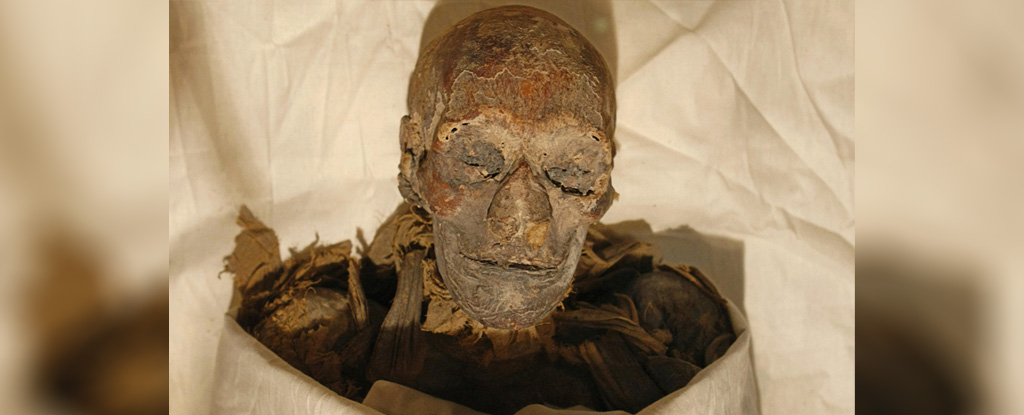Mummification may never have been intended to preserve ancient Egyptians’ bodies after death, experts say, in sharp contrast to popular understanding of the practice.
A growing number of archaeologists say that the preservative effects of mummification were probably accidental, accusing early modern Egyptologists of perpetuating a misconception based on little evidence.
Instead, the theory went, the mummification was intended to alter the bodies in ways that did not rely on the popular theory that the bodies would be reanimated in an afterlife.
Instead, experts say, the Egyptians wanted to turn their pharaohs into statues, works of art with religious significance.
The Egyptologists who hold this view say that the Victorians, who first studied mummies, concluded that preservation was the goal because of their own macabre fascination with the afterlife.
The approach suggests that the Egyptians believed kings and queens were living gods and that turning their bodies into statues after death was a way of restoring their rightful form.
The golden masks found in kings’ sarcophagi would then be idealized, godlike versions of the deceased rather than lifelike portraits, these Egyptologists say.
“It’s a subtle difference, but an important one,” says Campbell Price, curator at the Manchester Museum in the UK.
“This idea of the mind returning to the body or in some way enlivening the body isn’t as explicitly articulated as you might imagine,” Price said in an interview with Insider.
The approach is explored below “Golden Mummies of Egypt” Exhibition opening at the Manchester Museum in February. Price wrote a book about it.
One of the arguments supporting this theory is that mummies from some of the prominent ruling classes don’t seem very keen on preserving them.
King TutankhamunFor example, the body of was found stuck below his coffin.
“It’s almost as if the mummification was botched according to modern accounts, the ancient Egyptians didn’t know what they were doing and so it wasn’t well preserved,” Price said.
Under the alternative theory he supports, “It was never actually intended to produce a lifelike image, a recognizable image,” Price said.
Statues were considered divine by the ancient Egyptians.
“It seems that there is the world of the living and people going about their daily lives. And then there is the world of images and representations, statues, reliefs and paintings. This isn’t just an idealized version of Egypt — it’s an image of gods, a kind of statuary world,” Price said.
Archaeological records indicate that statues of gods were anointed with oils and perfumes. They were also sometimes wrapped in linen, so it may be that the bandages were meant to confer some kind of divinity.
By placing the organs in canopic jars (jars decorated with the heads of the gods) during the embalming process, the Egyptians may have wanted to imbue them with the deceased king’s divine spirit rather than keep them handy for the afterlife.
However, not everyone agrees that the conservation aspect of mummification should be discarded.
“Physical maintenance of the body was extremely important. There’s no question about that,” Stephen Buckley, an archaeologist and analytical chemist at the University of York, told Insider.
Some mummies actually look like statues, like Tutankhamun, Amenhotep III, and Akhenaten.
But others, Buckley said, such as Tuthmosis III, Tuthmosis IV, Amenhotep II, and Queen Tyi were mummified to look more “sleep-like,” suggesting a closer preoccupation with the physical body within.
The images contained some imperfections, “perhaps so that the soul can recognize itself and therefore have a ‘home’ to return to regularly,” he said.
Buckley acknowledged that mummification isn’t just about conservation, saying that to ignore it entirely would be to “miss the point.”
But if Price is right, how did we get it so wrong?
It may boil down to the Victorians and their ideas about life after death.
“A lot of what we say when we describe ancient Egypt is less about what actually happened in ancient Egypt and more about the assumptions of upper-middle-class Victorian, white, cis-gendered, bearded males,” Price said.
“As so often happens, these interpretations stuck and were repeated and repeated and repeated,” Price said.
“I think there’s a lot of unthinking to do.”
This article was originally published by Business Insider.
More from Business Insider:





